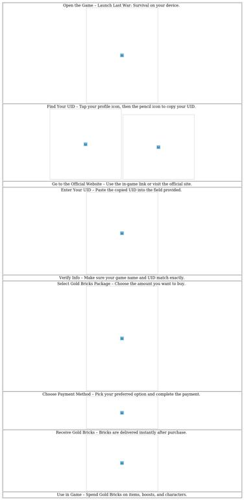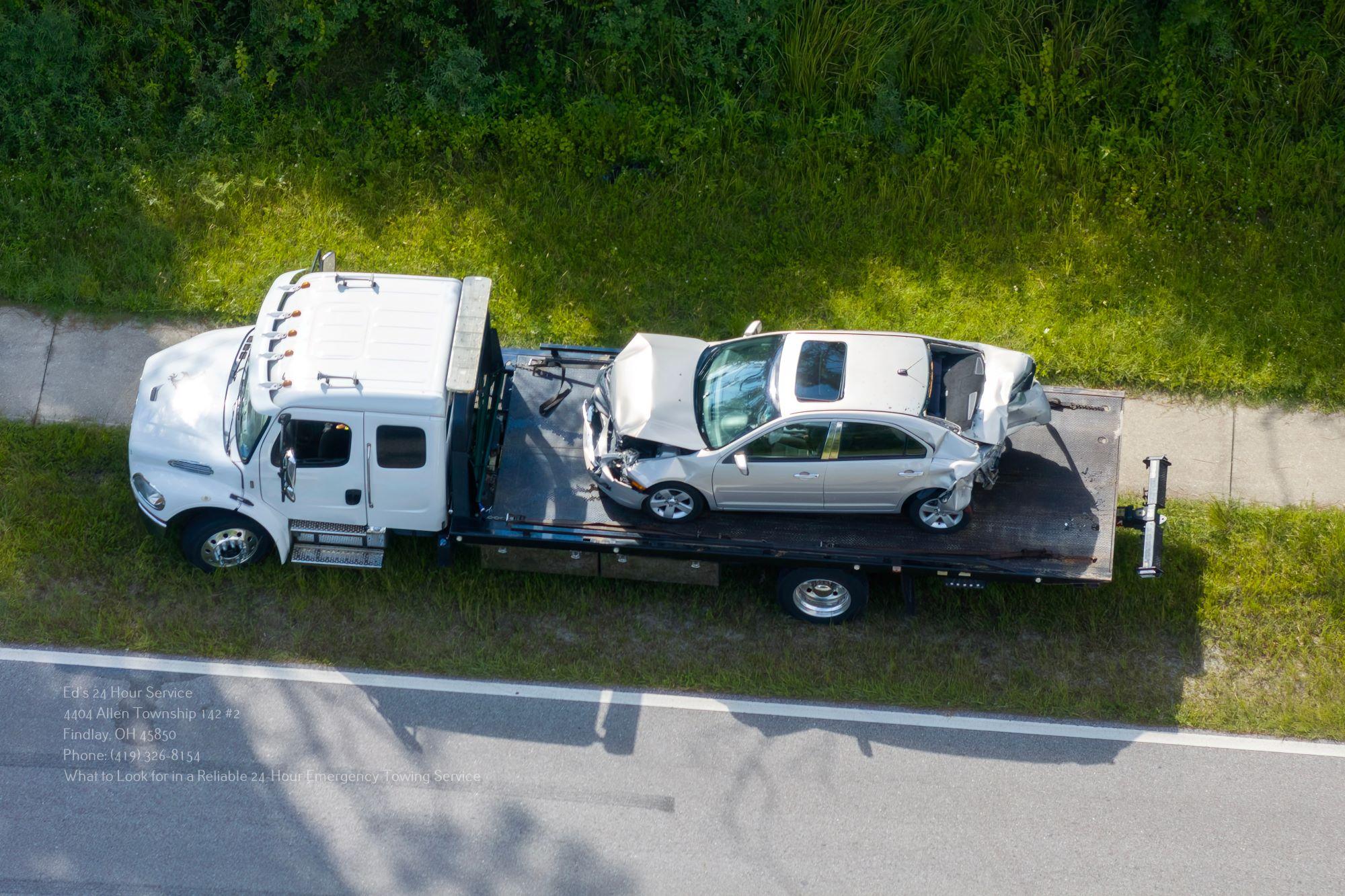Understanding Airline Age Requirements and Eligibility Rules for Unaccompanied Minors Flying Alone
When children travel alone, airlines must balance convenience with strict safety standards. Every airline—whether domestic, international, low-cost, or full-service—follows specific age rules, service categories, and eligibility requirements for unaccompanied minors flying.
These rules determine whether the airline will accept the child as an unaccompanied minor, what type of supervision they will receive, and whether connecting flights, red-eye flights, or international routes are permitted.
This comprehensive guide breaks down the age categories, eligibility criteria, restrictions, and policies that parents need to understand before booking a solo flight for their child.
Why Age Requirements Matter
Airlines set age-based rules because:
-
Children of different ages require different levels of supervision
-
Younger children cannot navigate airports safely
-
Older children may understand instructions better
-
Legal requirements vary by country
-
Safety protocols depend on maturity levels
-
Airline liability increases with younger ages
Understanding these guidelines ensures a stress-free and compliant travel experience for unaccompanied minors flying across any route.
1. Typical Airline Age Categories
Although policies may differ slightly, most airlines classify minors into global standard categories:
Ages 0–4: Not Allowed to Travel Alone
-
Must be accompanied by a parent or guardian
-
Cannot register under the UM program
Ages 5–7: Eligible for Mandatory UM Service
-
Only allowed on nonstop/direct flights
-
Must be booked with full unaccompanied minor supervision
-
No connecting flights permitted
Ages 8–11: Mandatory UM Service, More Flexibility
-
Allowed on direct flights
-
Some airlines allow connections with strict rules
-
No red-eye or last-flight-of-the-day connections
Ages 12–14: Optional UM Service
-
Can travel alone without UM service on many airlines
-
Parents may still choose UM service for safety
-
Connection routes may be allowed
Ages 15–17: Considered Young Adults (Youth Flyers)
-
Not classified as UM unless parents request it
-
Allowed to travel independently
-
Some airlines still apply restrictions for safety
These categories help airlines determine the appropriate level of supervision for unaccompanied minors flying.
2. Mandatory vs. Optional UM Service
Airlines offer two types of UM arrangements:
Mandatory UM Service
Required for:
-
Children aged 5–11 (most airlines)
-
Some carriers extend mandatory service up to age 14
Optional UM Service
Available for:
-
Children aged 12–17
-
Parents who want extra safety
-
Minors who feel anxious traveling alone
Optional UM service provides:
-
Escorts
-
Priority boarding
-
Assisted connections
-
Dedicated supervision
This flexibility allows parents to choose the level of support their child needs.
3. Rules for Nonstop vs. Connecting Flights
One of the most crucial eligibility points for unaccompanied minors flying is whether the airline allows connections.
Direct Flight Eligibility
Allowed for all UM-age categories.
Connecting Flight Restrictions
Most airlines:
-
Allow connections only for ages 8+
-
Require longer gap times (minimum 1–2 hours)
-
Do NOT allow last-flight-of-the-day connections
-
Avoid connections between different airlines
-
Avoid connections in high-risk weather regions
-
Promote daytime connections only
International Connecting Rules
More strict due to immigration requirements:
-
Some airlines prohibit international transfers for UM altogether
-
Others require written approval and additional fees
-
Immigration officers may ask questions to confirm safety
Parents must verify this before booking.
4. Restrictions on Last Flights of the Day
To prevent overnight stays if something goes wrong, airlines usually restrict:
-
Red-eye flights
-
Late-night departures
-
Flights that arrive close to midnight
-
Routes with weather unpredictability at night
This ensures unaccompanied minors flying always arrive at a safe hour with proper staffing available.
5. Airline-Specific Age Rules (General Patterns)
Although policies vary, here is a typical breakdown:
Full-Service Airlines
-
Offer structured UM programs
-
Provide escorts, dedicated seats, meals
-
Allow some connections
Low-Cost Airlines
-
Stricter rules
-
Many do not accept UM under any circumstances
-
Others accept UM only on domestic direct flights
International Carriers
-
Have stricter documentation requirements
-
May require notarized parental consent
-
Often limit connections for minors
Parents must always check the airline’s UM page before booking.
6. Health and Medical Eligibility for Unaccompanied Minors
Children with medical conditions must meet additional requirements.
Airlines may decline UM travel if:
-
The child requires constant medication
-
They have a condition needing oxygen or medical devices
-
They cannot communicate discomfort
-
They have infectious illnesses
Allowed with documentation:
-
Asthma
-
Mild allergies
-
Dietary needs
-
Learning disabilities (with special support arrangements)
Parents must disclose all medical details in advance to ensure safe travel.
7. Emotional and Behavioral Requirements
Airlines may deny UM acceptance if:
-
The child exhibits severe anxiety
-
They refuse to follow instructions
-
They cannot stay seated independently
-
They have behavioral conditions needing specialized care
For unaccompanied minors flying, emotional readiness is as important as logistical preparation.
8. Identification and Documentation Requirements
To qualify for UM service, parents must submit:
-
Passport or national ID
-
Birth certificate (if required)
-
Fully filled UM form
-
Details of receiving adult
-
Consent letter signed by parents
-
Visa (for international travel)
-
Emergency contact list
Airlines will not accept UM passengers with incomplete documents.
9. Arrival Requirements for Receiving Adult
The receiving adult must:
-
Be at least 18 years old
-
Present original government ID
-
Match EXACTLY the name on the UM form
-
Arrange transport safely
-
Arrive early for pickup
If the adult is late:
-
The child remains under airline custody
-
Additional fees may apply
-
Parents are notified immediately
Strict rules protect unaccompanied minors flying from unauthorized handovers.
10. Time Restrictions for Unaccompanied Minors
To ensure safe operations, airlines follow these time-based limitations:
Allowed:
-
Morning flights
-
Midday flights
-
Early evening flights
Restricted:
-
Overnight flights
-
Red-eye flights
-
Flights with unpredictable weather patterns
-
Flights with high diversion risk
These limits ensure minors arrive during hours when staffing is strong.
11. Fees and Service Charges
Most airlines charge a UM service fee, which depends on:
-
Route
-
Distance
-
International vs. domestic travel
-
Airline category
Fees may include:
-
Escort service
-
Priority boarding
-
Lounge access (for premium flights)
-
Special meals
-
Dedicated assistance
Although fees vary, they contribute to the child’s safety and support.
Conclusion
Airline age requirements and eligibility rules are designed to protect unaccompanied minors flying and ensure their journey is safe, supervised, and legally compliant. Understanding these rules helps parents choose the right flights, prepare documents properly, and ensure their child has a smooth experience.
Whether a minor is flying domestically or internationally, full-service or low-cost, direct or connecting, these guidelines form the foundation of airline safety for young solo travelers.






